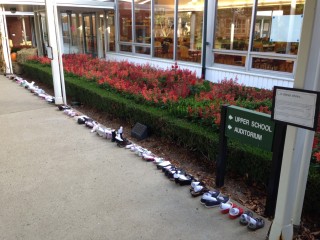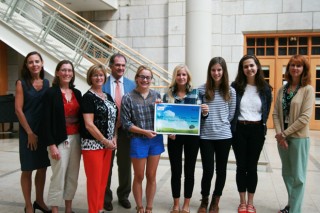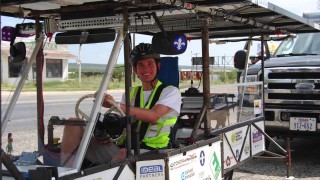For over a decade, Midland 10th graders have annually helped install a 3-kW grid-tied solar array alongside faculty members and a professional electrician after writing technical reports on how photovoltaic systems work. Each array meets another 3% of our school’s electricity needs; currently 30% of our needs are met with student-installed arrays, and at this rate, it will take a generation to meet 100%. Look at what we will have gained by spreading it out: every one of our 10th graders over 30 years will have direct involvement with learning about and installing a solar array. In other words, our output is experiential education for our students as much as it is clean kilowatt-hours! The benefits are spread over a generation, while the cost is as well.
Schools seeking to “go green” tend to want to do it all at once or do a major portion at a time, for example, an enormous solar array on a field or the gymnasium roof. This requires an tremendous monetary investment or a solar leasing arrangement in which the school does not actually own the array. It also requires a team of professionals to do the installation while the students stay out of the way, followed by an unveiling or ribbon-cutting ceremony when the utility meter first spins backwards. In the Midland model, the lessons are authentic, deep, and are more accessible to more students over many years because they are the builders. THIS is the deep educational impact of our solar project.
This project is aligned with our mission of self reliance and character education. Intentionally, we have transparent relationships with many of our resources – heat from wood stoves, warm water from shower fires stoked by students, organic produce from our 10-acre garden, grass fed beef from our pastures, native valley oaks planted and tended by our students, field-based science classes, and electricity from student-installed arrays. Students are taught to value resources because they have a personal stake in them.


